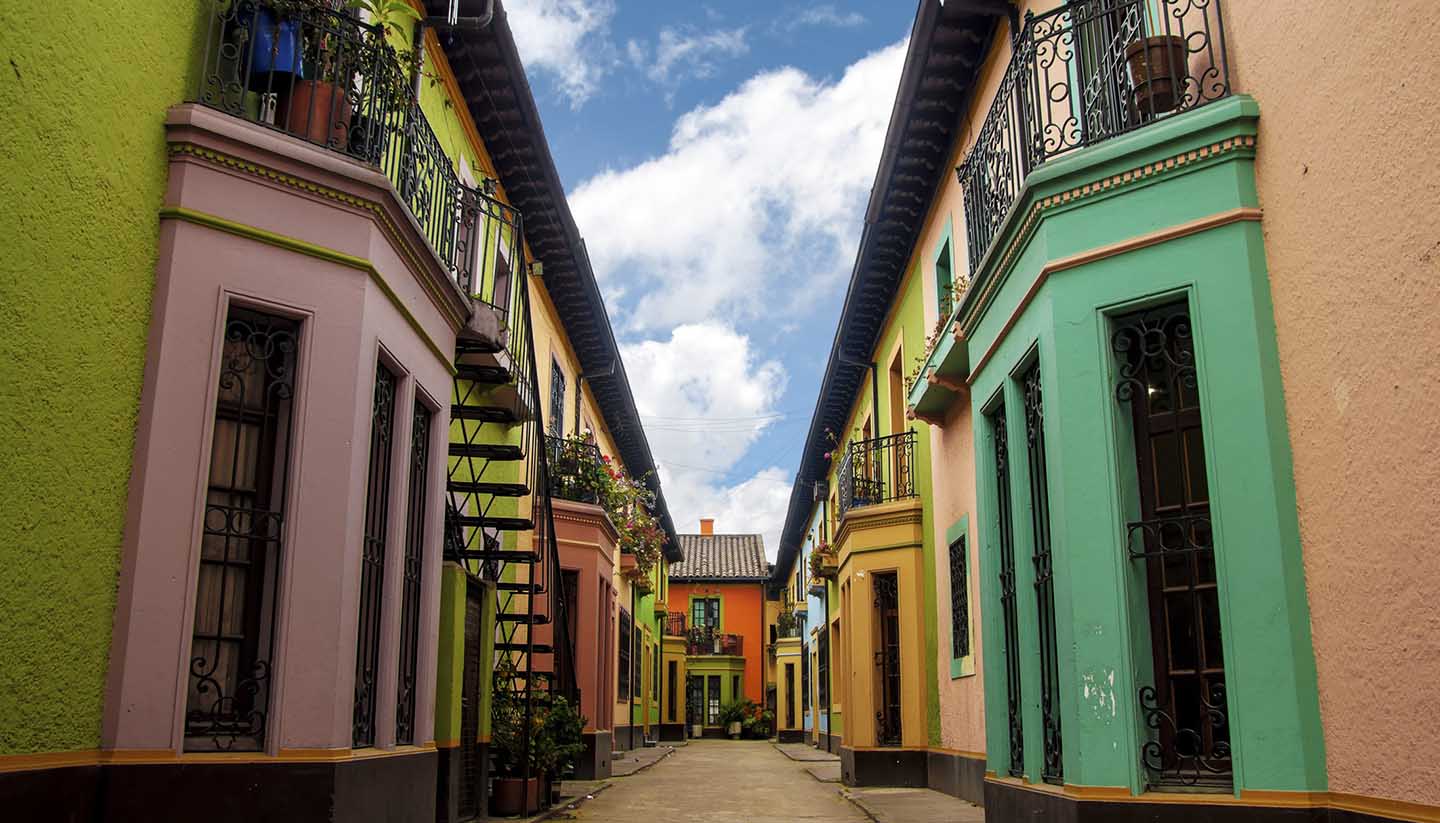Colombia History, Language and Culture
History of Colombia
Prior to the Spanish invasion, the land comprising modern-day Colombia was ruled by various Amerindian tribes who traded with each other and established their own civilisations. The two main tribes were the Taironas, who were largely based in the Caribbean, and the Muiscas, who were settled in the highlands around Bogotá. To this day, indigenous peoples who have descended from the Taironas live in Tairona National Park.
Now named after Christopher Columbus, Colombia in its present form has only existed since the 1800s. The Spanish conquistadors grouped it with modern-day Venezuela, Ecuador and parts of Brazil and Central America; they called this vast territory New Granada and ruled it from Europe.
The desire for independence soon followed, however, when discontent among mixed-race Creoles, lower-class Spanish immigrants and indigenous people spread, here and all across the continent. This eventually led to the 1819 rebellion under the legendary figure of Simón Bolívar, which resulted in the area being split into the four provinces of Gran Colombia: Panama, Ecuador, Colombia and Venezuela. Colombia separated from the others soon after Bolívar's death in 1830.
The Republic of Colombia was formally established in 1855, four years after the abolition of slavery. Over the next 100 years, politics were dominated by the Conservative-Liberal feud, which often broke out into warfare. Occasionally, however, the two parties united against a common threat. This occurred in 1970, when they prevented a bid for power by the Alianza Nacional Popular (ANAPO), led by former dictator, General Rojas.
Colombia has since had to handle various guerrilla movements against the government, such as from disaffected members of ANAPO, the Fuerzas Armadas Revolucionarias de Colombia (FARC, Colombian Revolutionary Armed Forces) and the Ejercito de Liberacion Nacional (ELN, National Liberation Army).
The 1980s saw drug traffickers become a potent force in Colombia: large sums of money turned into political power, and leading politicians increasingly became tainted by their connections with drug money. Successive US governments, having pinpointed Colombia as the principal source of drugs flowing into the USA, put increasing pressure on the Colombians to fight the 'war on drugs'.
In 2000, the US Clinton administration unveiled Plan Colombia, a controversial initiative aimed at fighting cocaine cartels and left-wing insurgents. This included the aerial fumigation of coca plantations, which destroyed the crops of innocent farmers and has been blamed for birth defects in rural communities.
Over the last decade, Colombia has undergone a remarkable transformation: the guerrillas have – mostly – accepted peace agreements and drug-related violence has fallen; tourism is once again booming. In September 2016, President Juan Manuel Santos signed an historic peace agreement with Colombia's leftist FARC rebels to end the country's 53-year conflict.
Did you know?
• Infamous drug lord Pablo Escobar reportedly offered to pay Colombia's national debt of $10bn to improve his reputation.
• Colombia is the self-proclaimed cycling capital of South America; Bogotá has more than 250km (155 miles) of dedicated bicycle routes.
• The town of Yarumal has the world’s highest incidence of Alzheimer’s, described in 100 Years of Solitude by writer Gabriel Garcia Marquez, who was himself a victim of the disease.
Colombia Culture
Religion in Colombia
Christianity, with 90% Roman Catholic; small Protestant and Jewish minorities.
Social Conventions in Colombia
Normal courtesies should be observed. It is customary to offer guests black Colombian coffee, well sugared, called tinto. Spanish style and culture can still be seen in parts of the country, although in Bogotá, North American attitudes and clothes are becoming prevalent. Casual clothes can be worn in most places; formal attire will be necessary for exclusive dining rooms and social functions. Smoking is allowed except where indicated.
Language in Colombia
The official language is Spanish, though there are more than 80 other languages and dialects recognised in the country, belonging to various indigenous peoples. In the San Andrés and Providence Islands, English is also an official language.


